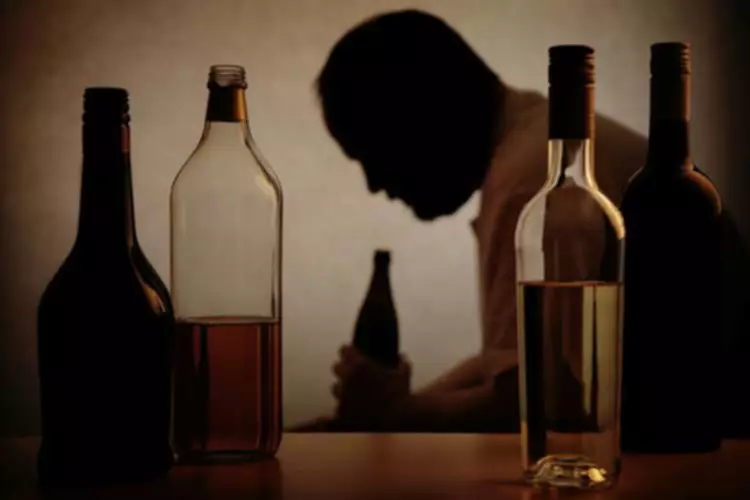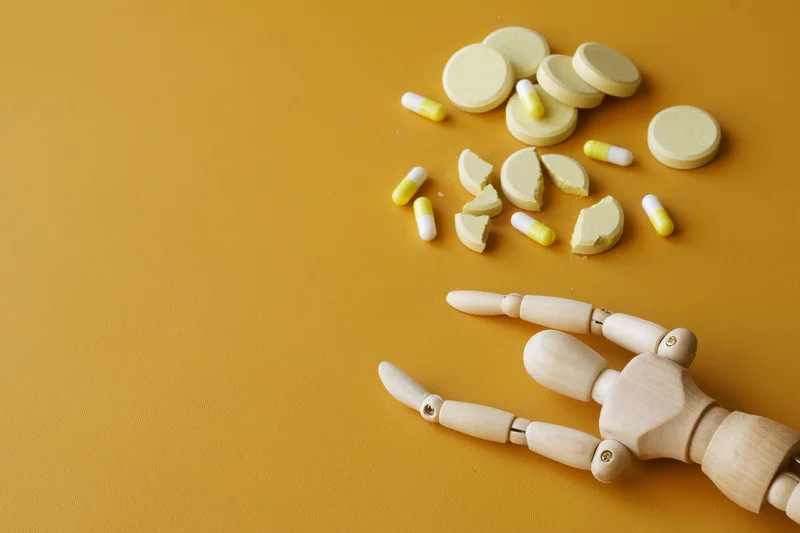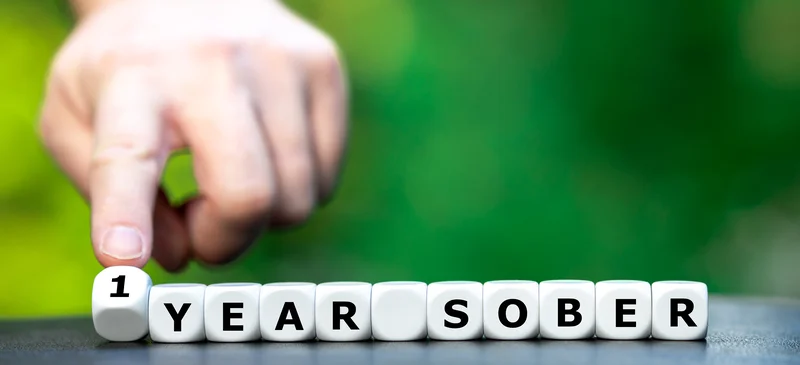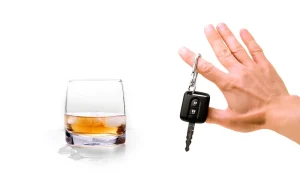What Is Sober Living and How Does It Support Recovery?

When you choose to get sober, all of that money stays in your bank account. Suddenly, you have more money to pay your bills, save for retirement or even take a vacation. The cost of addiction treatment is always cheaper than the financial, physical and mental price you pay by continuing to use drugs or alcohol. If you or someone you love is struggling with addiction and are ready to live a sober life, contact The Recovery Village. For many people who don’t have healthy relationships with themselves, substance misuse can be a way to mask that discomfort. Then, they don’t have to learn how to love themselves because they’re covering their feelings rather than dealing with them.
Create a Relapse Prevention Plan
Choosing a life of sobriety means choosing a healthy life for you and keeping the promises you make to yourself. When you’re not hungover, chances are you’re a lot more productive. Living a sober life usually means doing more of the things you’ve wanted to do. As you go through your sobriety journey, you will have good days and bad days, and setbacks are part of the journey. It’s helpful to remember your “why” and consider writing it down.
Reduce time with friends who drink

It’s not just your drinking buddies and drug dealers who can get you into trouble—sometimes those who are closest to you can contribute to a relapse. Common challenges people face when trying to live sober include social pressure to drink or use drugs, boredom, loneliness, and dealing with negative emotions. Be aware of these challenges and have strategies in place to cope with them. Staying committed to sobriety is crucial for long-term success. It’s critical to have a strong support system, whether it’s friends, family, or a recovery group.
Economic Effects of Alcohol and Drugs
He is one of the 137 central and eastern Europeans repatriated from Ireland to their home country last year through Barka. The Irish leg of the international Barka network, which is funded by Dublin City Council, seeks to help individuals reconnect with their home country and reintegrate into society. It also addresses homelessness and substance abuse among migrants. Discover the five steps to getting clean and sober, overcoming challenges, and embracing a new life of sobriety. Activities like hiking, joining sports clubs, or taking art classes can spark joy and foster social interactions.

The Benefits of Person-Centered Substance-Use Treatment
Drinking alcohol can be fine in moderation for some people, but alcohol misuse or alcohol use disorder can lead to health issues and personal and professional problems. Sober living homes are not just about providing a roof over your head; they foster a sense of belonging and mutual support. Here, you’ll find individuals at various stages of their recovery, each contributing to a collective reservoir of hope, strength, and encouragement.
Bonus benefits
- Professional help can also include peer support and family therapy.
- And keep your schedule loose enough that you have time for group meetings and other things that can help you through rough stretches.
- You can ask at a meeting or call the group to find out when they celebrate birthdays.
- Making homemade meals is nourishing and healthy for our bodies and soul.
- During his downtime these past few years, Stills has slowly been working on a memoir.
Managing your social life after deciding to abstain from alcohol is entirely achievable. With thoughtfulness and planning, you can build meaningful connections that enrich your sobriety journey. This improvement in relationships is one of the most rewarding benefits of a sober life. It can offer a richer and more fulfilling way to connect with others.
- This boost in productivity isn’t just about accomplishing more tasks, it’s about engaging more with what you want and have to do.
- Identifying triggers and stressors is crucial in preparing for a sober lifestyle.
- In this article, we’ll provide a comprehensive guide to understanding and navigating sobriety.
- Take advantage of opportunities to learn new things and improve yourself.
Can Enjoy a Healthy Lifestyle
Another way sobriety enhances your life is by giving you more time and energy to pursue hobbies and passions that bring you joy. Instead of being consumed by addiction, you can now channel your focus and energy into activities that nurture your soul and bring fulfillment. But through sobriety and healing, I have found a strength within me I never knew existed. I have learned to face the highs and lows of life as simply that—the highs and lows of life. They are sacred, precious, and so much of what makes life beautiful (yes, even the pain). Choosing to live a sober life is about amphetamine addiction treatment gaining, reclaiming, and taking back what was always yours.

Relapse (using substances again after stopping) can and does happen, with 85% of people experiencing relapse at least once and half of them doing so within the first two weeks of sobriety. Some studies find that this structure, along with a start date for sobriety and milestones, is important to some people in recovery. Once you’ve decided to go sober, know that it’s an ongoing commitment that will require ongoing effort and energy. Knowing your resources and being ready for setbacks in case you need them is a great plan. When you’re living a life of sobriety, do yourself a favor, and remove temptations.
When people drink or use drugs, it frequently starts as a way to deal with hardships but becomes a primary coping mechanism. Things that happen in life may feel as if they’re too difficult to deal with without the effects of a substance. People may want to feel numb so they can overlook the bad things in their life.
If you’re struggling with addiction, seeking professional help can be a crucial step toward living a sober life. There are several options available, including treatment sober life programs, counseling and therapy, and medication-assisted treatment. Social pressure can be a significant challenge for those living a sober life. It’s common for people to feel left out or judged for not drinking or using drugs in social situations. Reflecting that it’s okay to say no and prioritize your sobriety is important. Cravings and withdrawal symptoms can be some of the biggest challenges when living a sober life.














